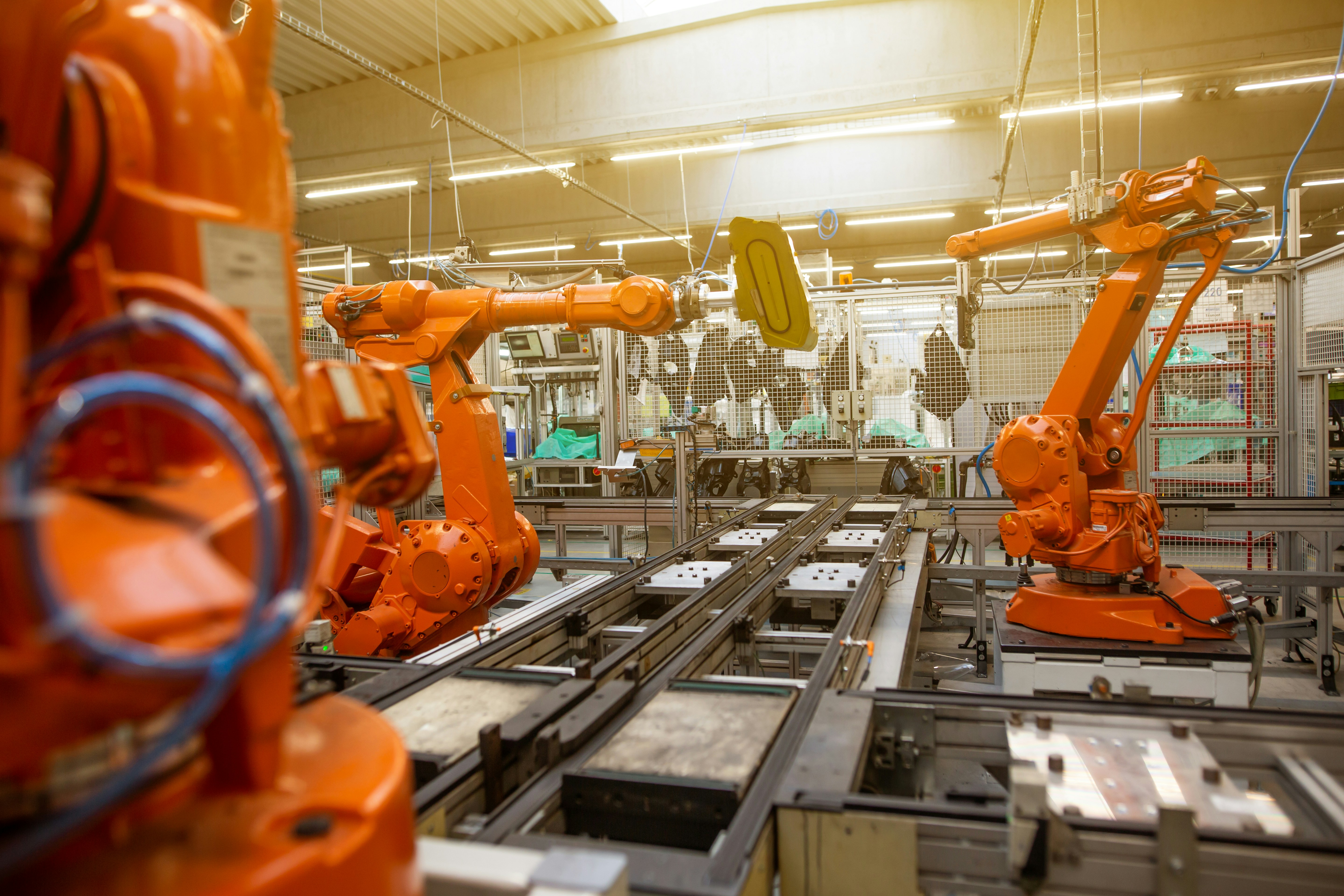Mechanical Designer - Robotics & Automation (Airbus, Broughton)
Location: Broughton, Chester (Onsite)
Hours: 35 per week (4.5 days, flexible between 7am-7pm)
Pay: £35.13/hr PAYE or £47.00/hr Umbrella (depending on experience)
Security Clearance: BPSS+ (completed by Airbus Security)
IR35: Inside
About the Role
Join Airbus' Robotics and Automation team as a Mechanical Designer and help shape the future of aerospace manufacturing. You'll play a key role in developing, designing, and delivering innovative robotic solutions for use on Airbus shop floors. This is a hands-on, collaborative role where your ideas and expertise will directly impact the next generation of aerospace technology.
What You'll Be Doing
Invent, design, build, and test cutting-edge robotic solutions for aerospace manufacturing.
Develop and analyse concept solutions to solve real-world engineering challenges.
Perform complex simulations (loads, stress, fatigue, manufacturability) and GD&T analysis.
Design mechanical, pneumatic, and hydraulic 2D/3D models using industry-leading CAD tools (e.g., CATIA, 3DX).
Create manufacturing drawings, BOMs, and technical documentation.
Develop and validate prototypes and demonstrators, ensuring safety and quality standards are met.
Collaborate with cross-functional teams to industrialise new products.
Mentor junior engineers and share best practices.
Support the integration and advanced maintenance of deployed robotic systems.What We're Looking For
MSc or PhD in Controls, Mechatronics, Robotics, or a related discipline, or equivalent hands-on experience as a Mechanical, Application, or Robotics Engineer.
Strong background in robotics/actuated systems control, dynamics, and kinematics.
Experience with robot simulation software (e.g., KUKA.Sim, RoboGuide, Visual Components, DELMIA, RoboStudio, Matlab/Simulink, RoboDK).
High proficiency in CAD software (CATIA, 3DX).
Practical skills in prototyping, assembly, and problem-solving.
Excellent communication and teamwork skills, with the ability to work independently when needed.
A positive, can-do attitude and a passion for innovation.Why Join Us?
Impact: Be at the forefront of robotics innovation in aerospace.
Growth: Develop your expertise and mentor others in a supportive, collaborative environment.
Flexibility: Enjoy a flexible work pattern
Reward: Competitive pay rates and the opportunity to work on high-profile projects.
Inclusive Culture: We welcome applicants from all backgrounds and are committed to creating a diverse and inclusive workplace.Ready to take your career to new heights? Apply today and help us build the future of aerospace robotics with Guidant Global and Airbus


